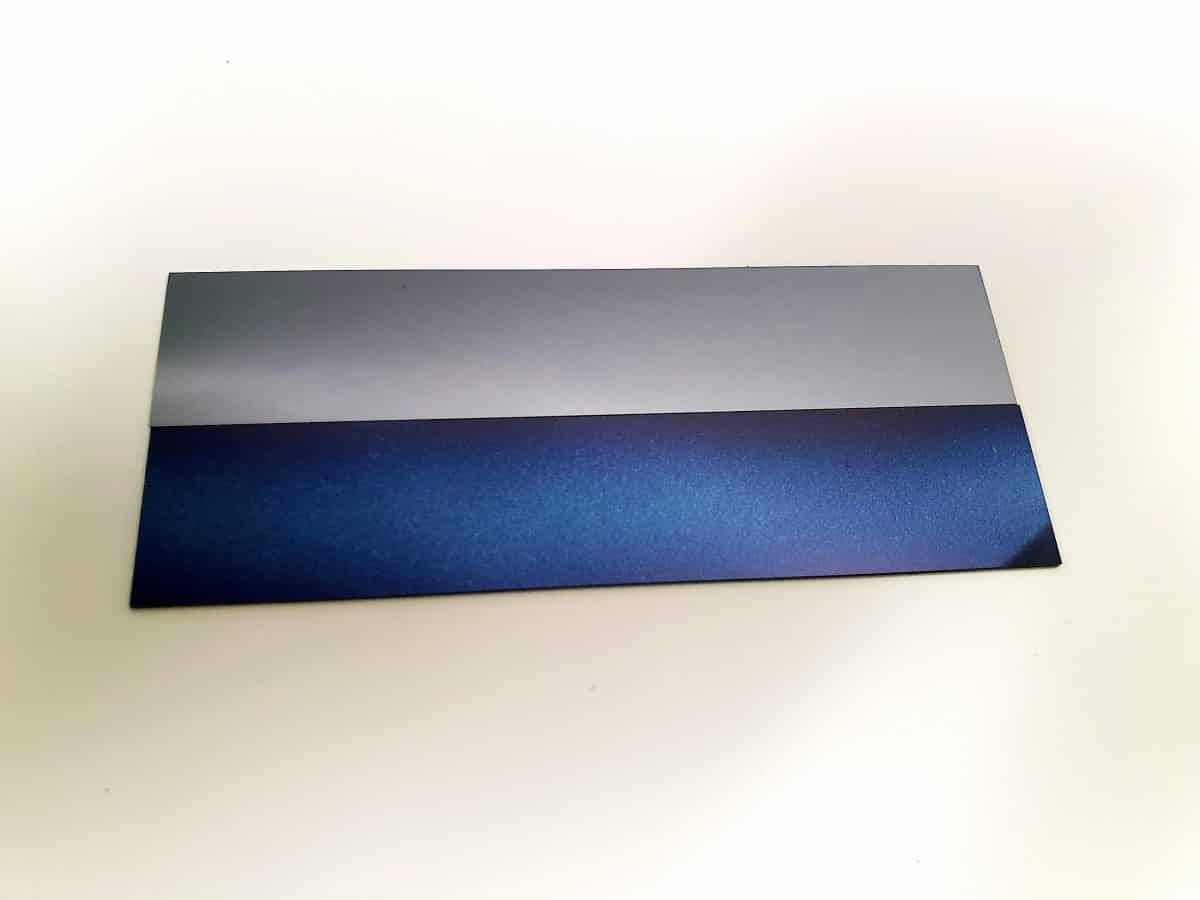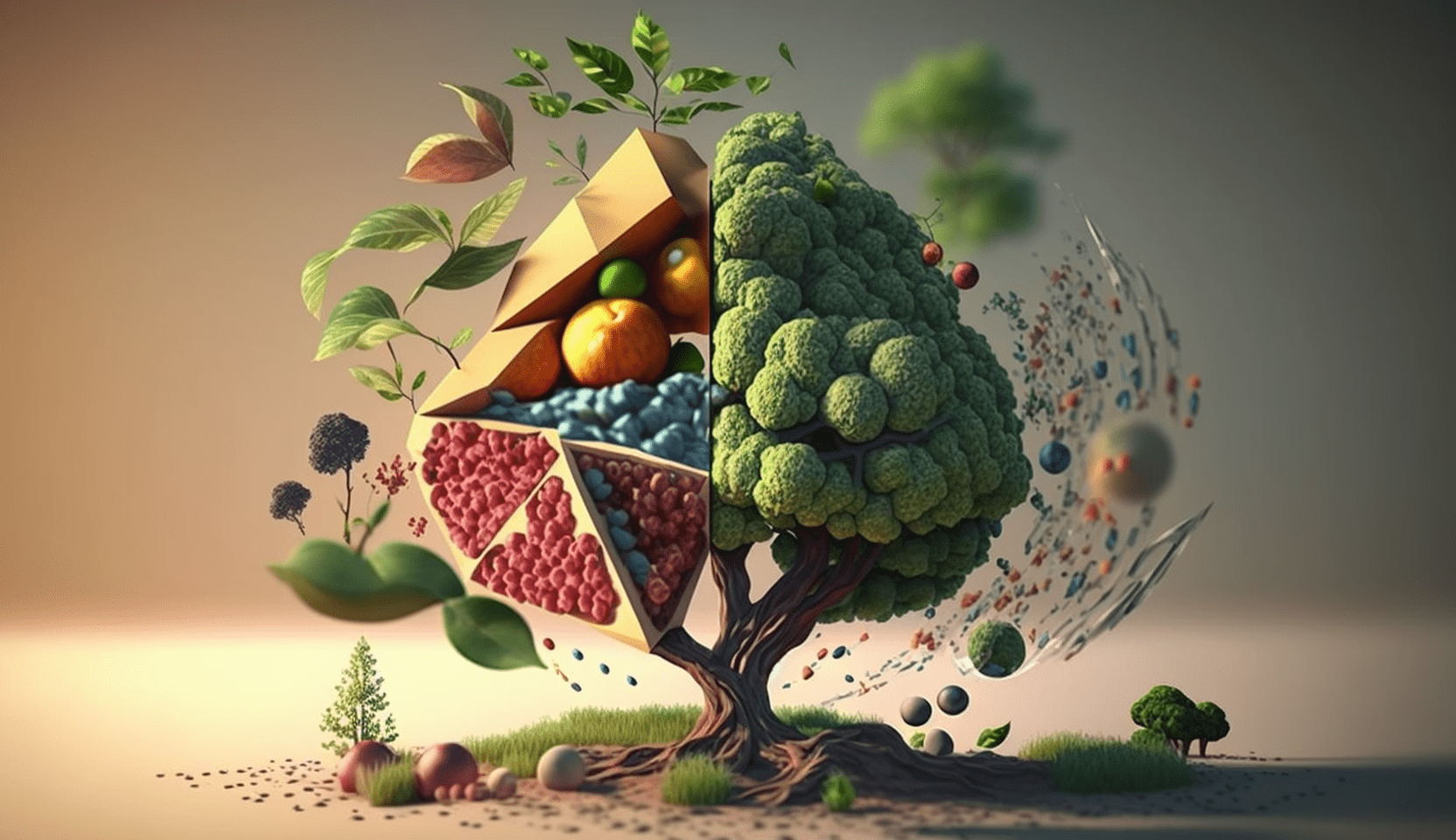
Without nanotechnology, hardly anything is possible in many areas of everyday life anymore, because, with the help of nanotechnology, techniques, structures, and systems can be developed that give materials completely new properties and functions. Nanotechnology makes it possible, for example, to produce special functional textiles such as sportswear that are both water-repellent and breathable. Other areas include robotics, process technology, sensor technology, solar technology, biotechnology, medicine, the packaging industry, and even cosmetic products and food.
Scientists at the Deutsches Elektronen-Synchrotron DESY and the KTH Royal Institute of Technology in Stockholm have now developed a process that uses a new spray coating process to produce very uniform layers of cellulose nanofibers (CNF) on an industrial scale. In this process, cellulose nanofibers, which have an average length of 500 nanometers (millionths of a millimeter) and a thickness of 3 to 5 nanometers, sprayed in a water-containing carrier liquid onto a silicon carrier.

Wood as a raw material
“I am working on the use of cellulose layers as substrates and structure-giving materials for potential applications in the field of flexible electronics,” says DESY scientist Professor Stefan Roth, who came up with the idea for the new technology. “Spray processes have the advantage that make it possible to coat surfaces of any size and practically any substrate in a controlled and uniform manner layer by layer within a short period of time. The layer thickness can be adjusted very easily and to an accuracy of a billionth of a meter during the spraying. This is why the spraying process is already frequently used in the manufacture of plastic electronics and solar cells nowadays.”
On the basis of X-ray investigations at DESY’s research light source PETRA III, investigations with an atomic force microscope and investigations using neutron scattering, the scientists were able to show exactly how the layer is structured. In addition, such a structure can be tailored to extremely thin, smooth and tough nanopaper, for instance.
Porous, nano-structured cellulose films would have a number of advantageous properties that “make them interesting for various applications, from ultra-strong bioactive fibers to transparent conductive nanopaper,” explains the main author of the study, Calvin Brett of DESY and the Royal Institute of Technology (KTH) in Stockholm. “They are lightweight and temperature-stable, have excellent mechanical properties, a low density and are made from renewable raw materials – cellulose nanofibers are usually made from wood.” Since wood is a naturally renewable raw material, cellulose films can be a good alternative to mineral oil-based plastics, which are currently used in products such as functional polymers.

Electric charge increases with the amount of bound water
During production, the substrate is heated to 120 degrees Celsius so that most of the water evaporates quickly, which results in a uniform cellulose layer of just 200 nanometers thick. The nanopaper. “A key question for the right properties is the relationship between the layering of the individual nanofibers, the porosity and the nano-structure within the cellulose film,” explains Roth, who is also a professor at KTH Stockholm.
Analyses of the cellulose films showed that the surface charge of the sprayed nanofibers increases with the amount of water still retained. The researchers say that this electrical charge can be specifically influenced during production and thus control the properties of the film. Examinations with the atomic force microscope also showed that the stronger that the individual fibers are charged electrically, the smoother the film becomes. “With our data, we can now tailor cellulose films to specific applications, which for example have the optimum ratio between roughness, water content, and hollow spaces,” says Roth

Production on an industrial scale
Meanwhile, these types of layers can not only be produced in the laboratory but also on an industrial scale, for example by applying a cellulose film “with only two nanometers of a rough layer” to a 50-meter-long film. “Cellulose nanofibrils (“CNF”, diameter 5 nm, length several 100 nm) have the advantage of being ultra-strong mechanically. The world’s strongest fibers can be produced from these biomaterials, as we recently demonstrated together with our colleagues from KTH,” emphasizes Roth. “Furthermore, the roughness of the films we produce using the spraying process is only one billionth of a meter, and thereby within the technically relevant area of thin-film processes for the production of solar cells, for example.”
Next, Roth and his colleagues plan to incorporate functional polymers into the cellulose film in order, for example, to be able to produce a sensor material. “Initially, we produced films on silicon surfaces to investigate the properties of these (CNF) films,” he says. “The aim is to produce ultra-thin, self-supporting, ultra-strong mechanical films based on these films. During production, these films could then become functional by cleverly mixing conductive polymers, for example, as well as serve as templates for flexible electronic applications.”
The researchers present their structural analyses in the journal “Macromolecules“.
More articles on nano technology can be found HERE








